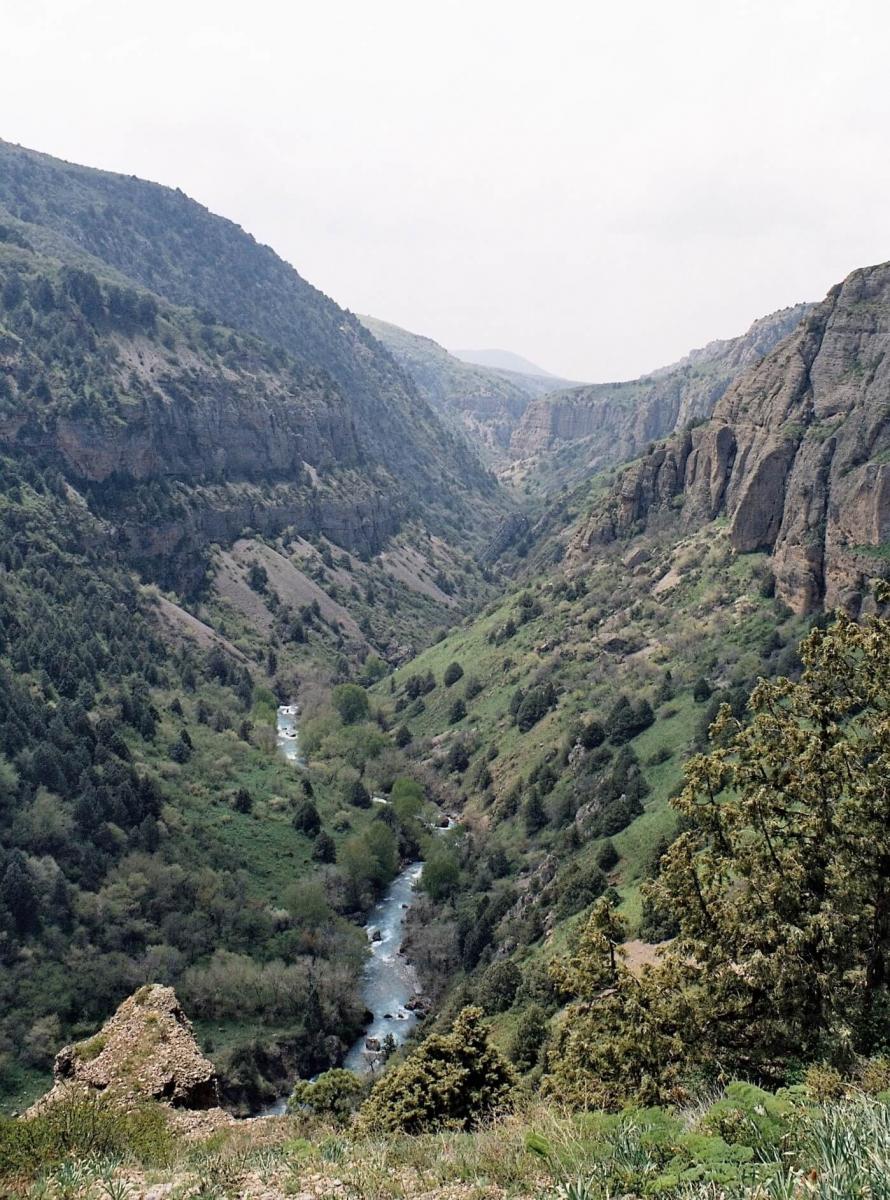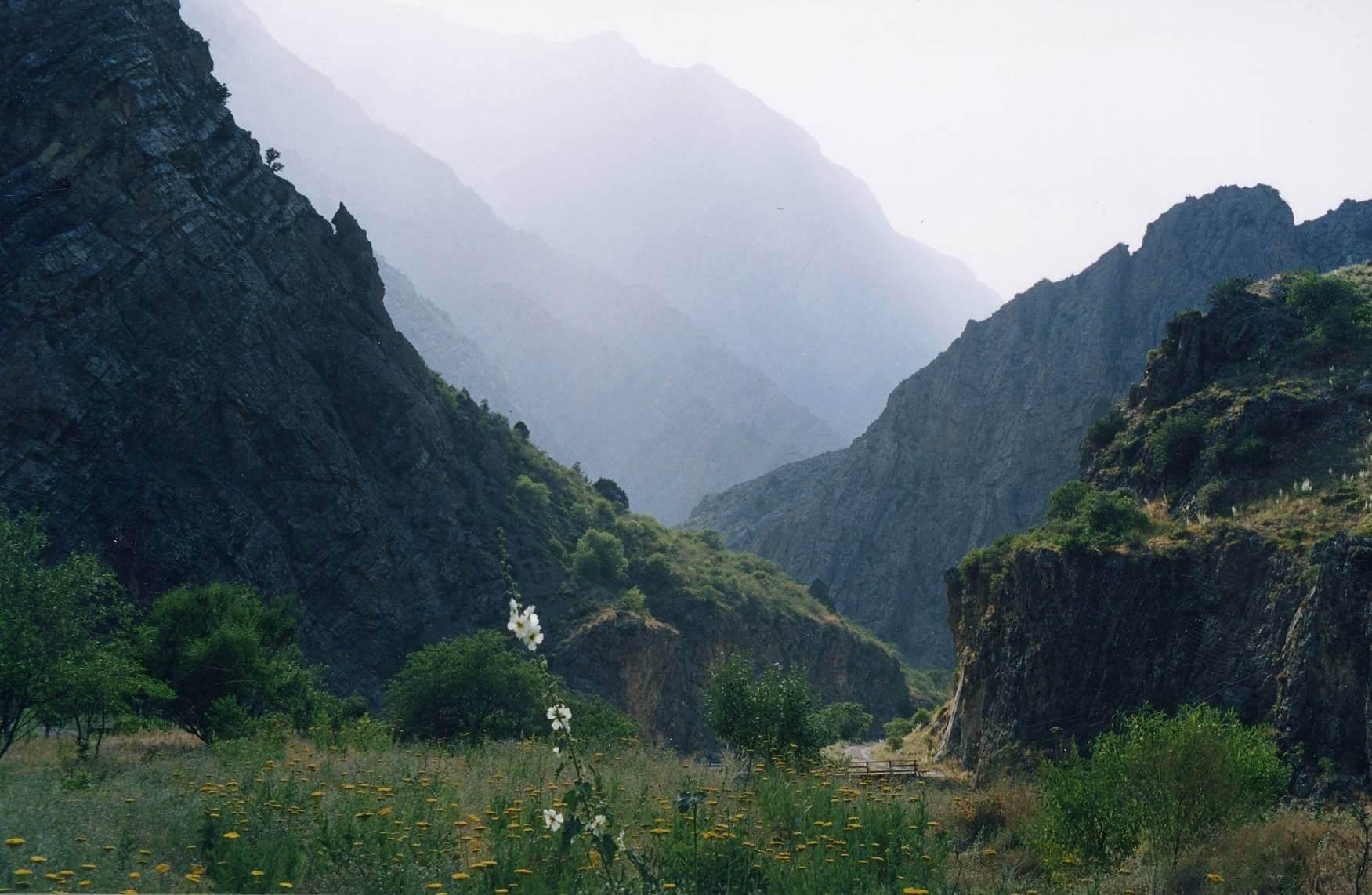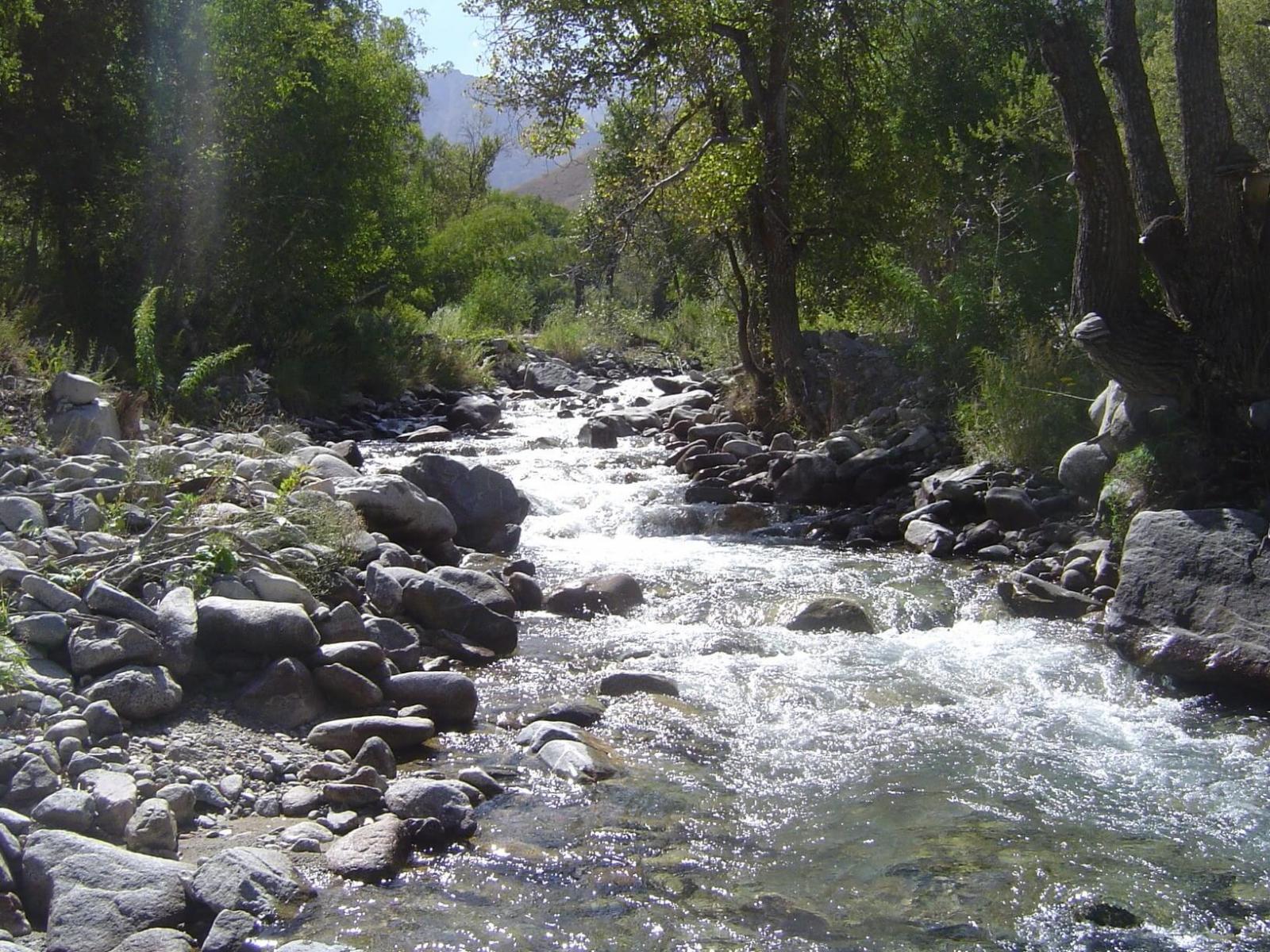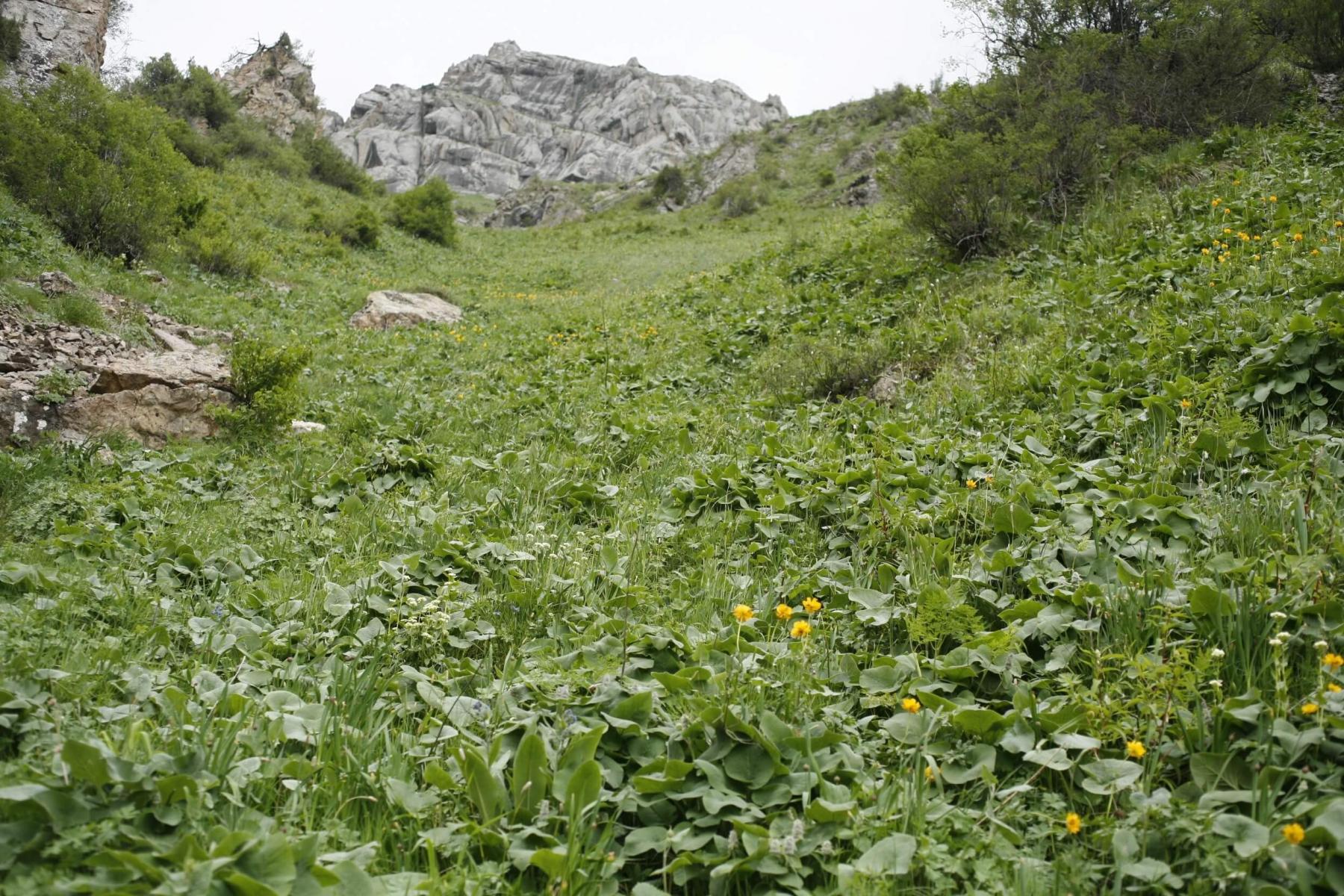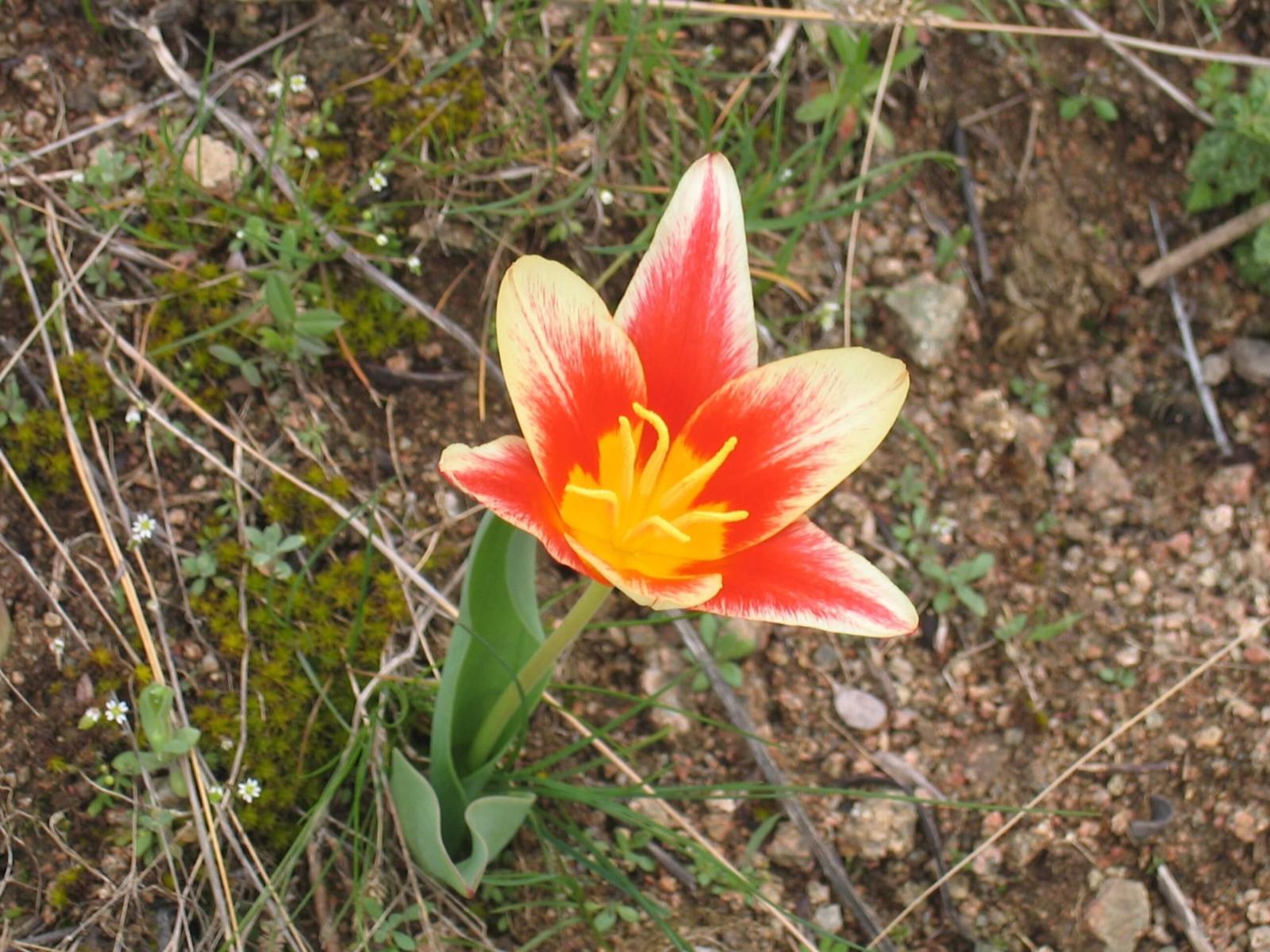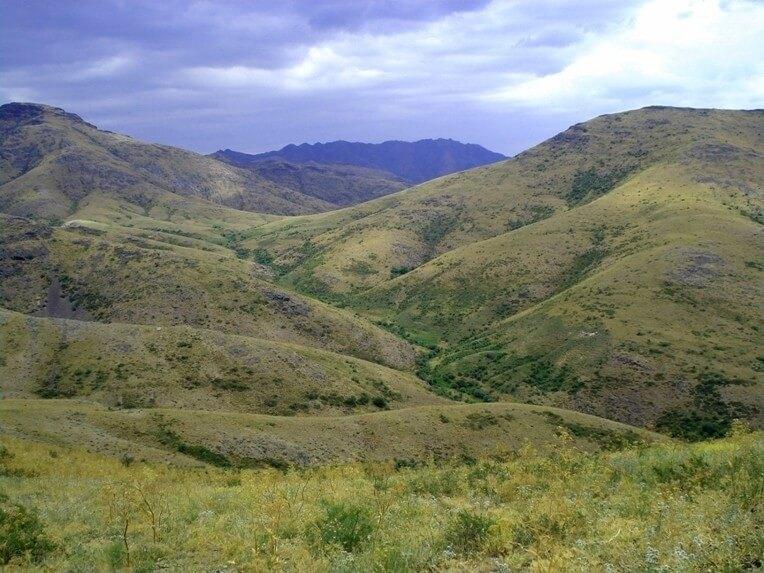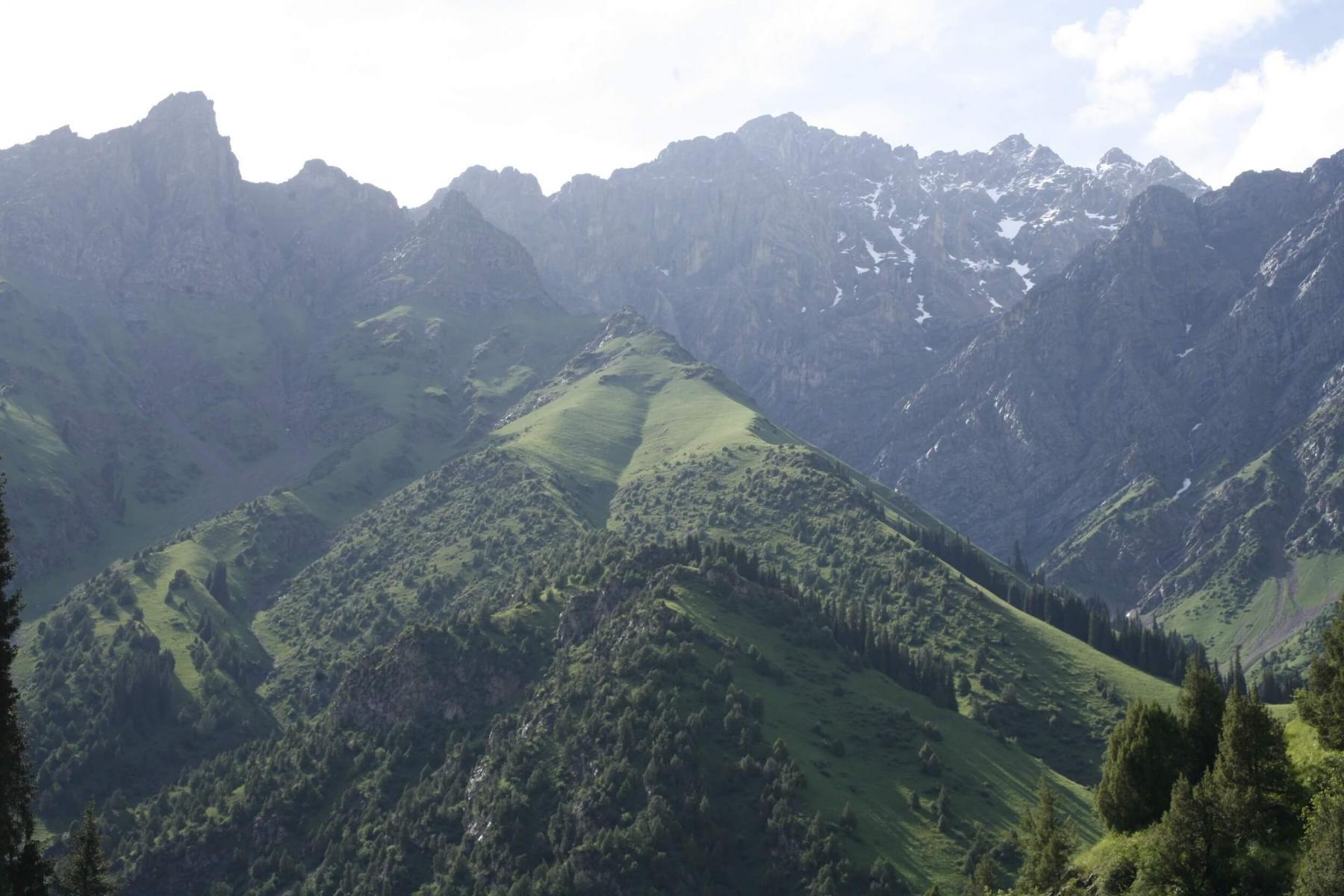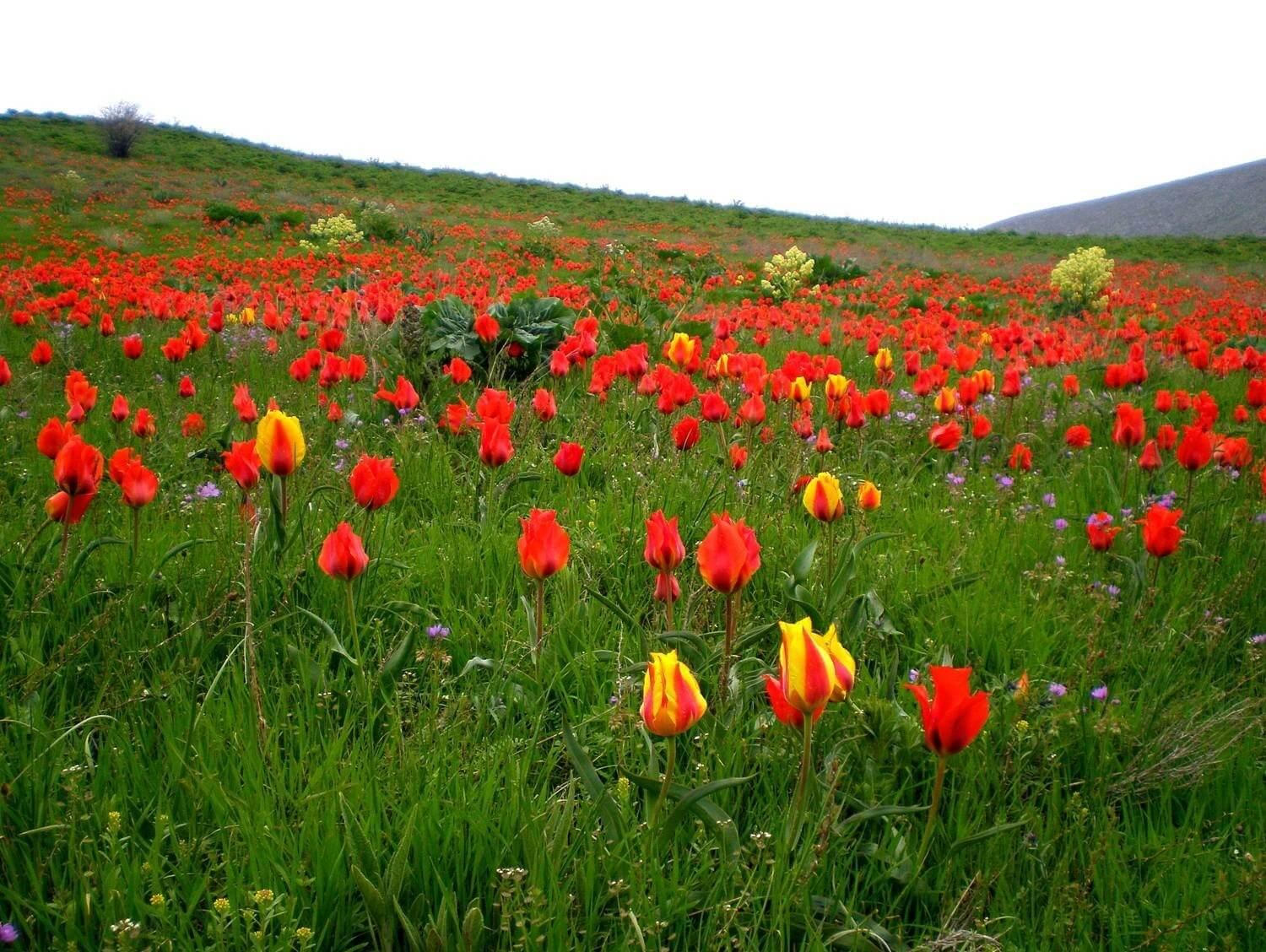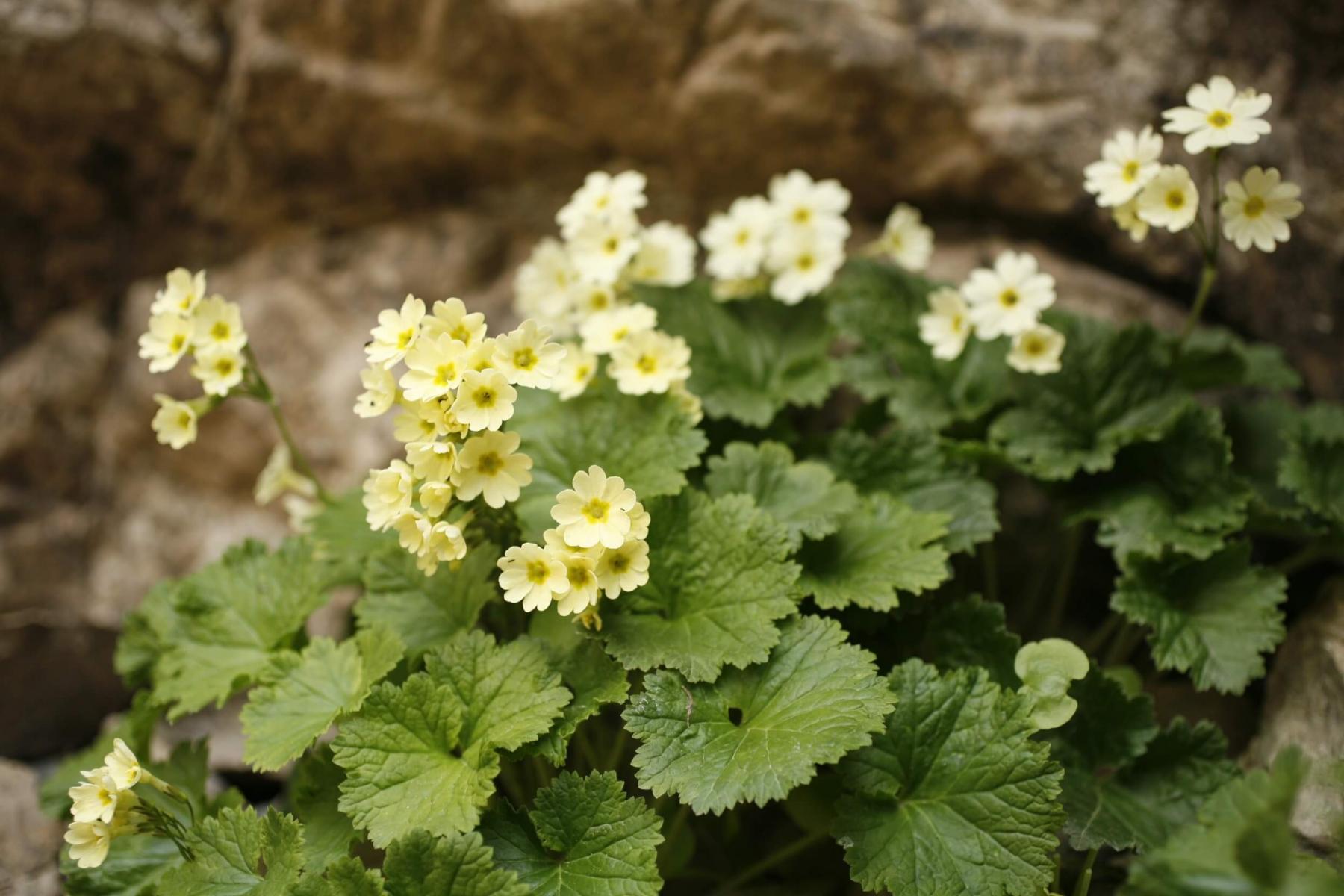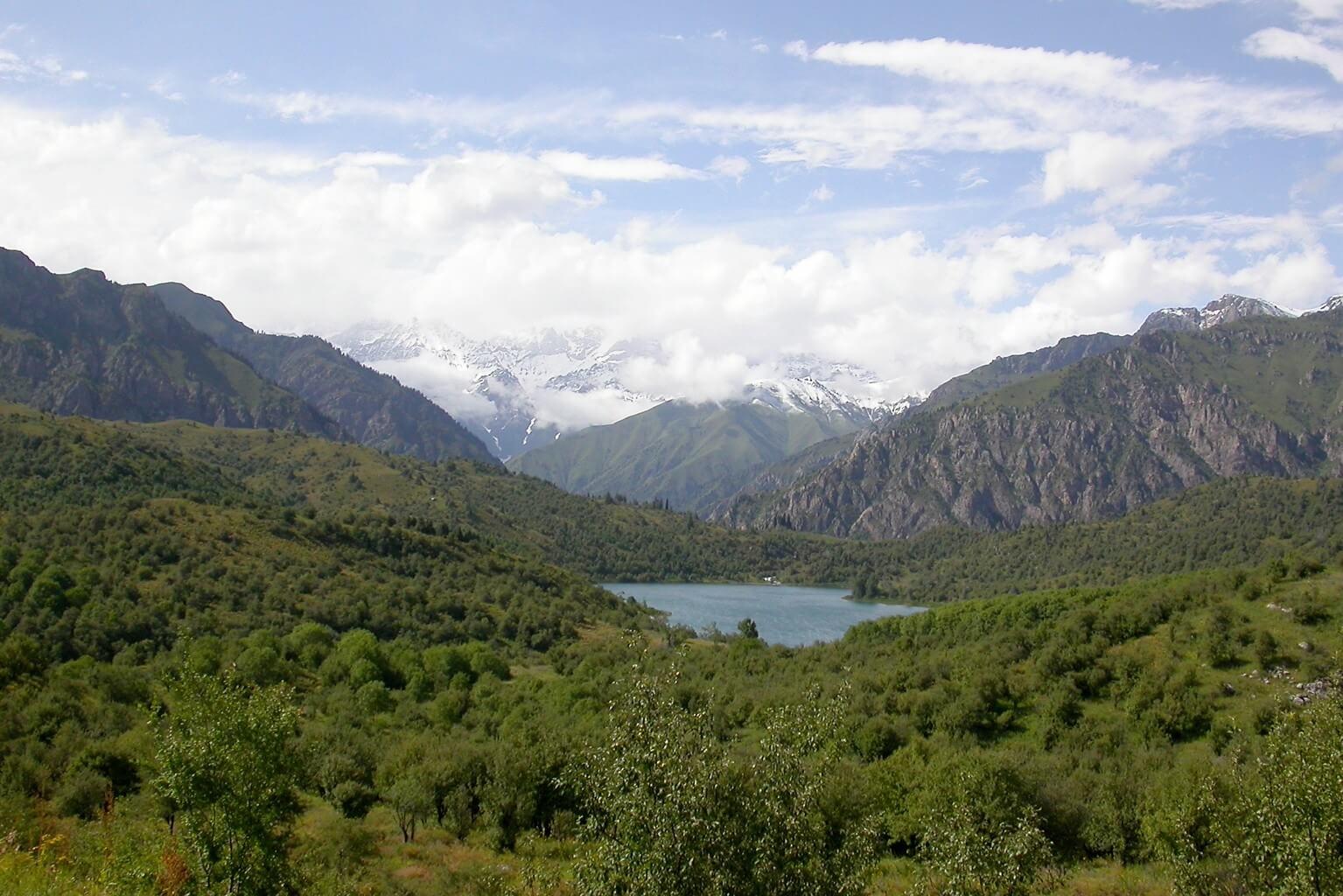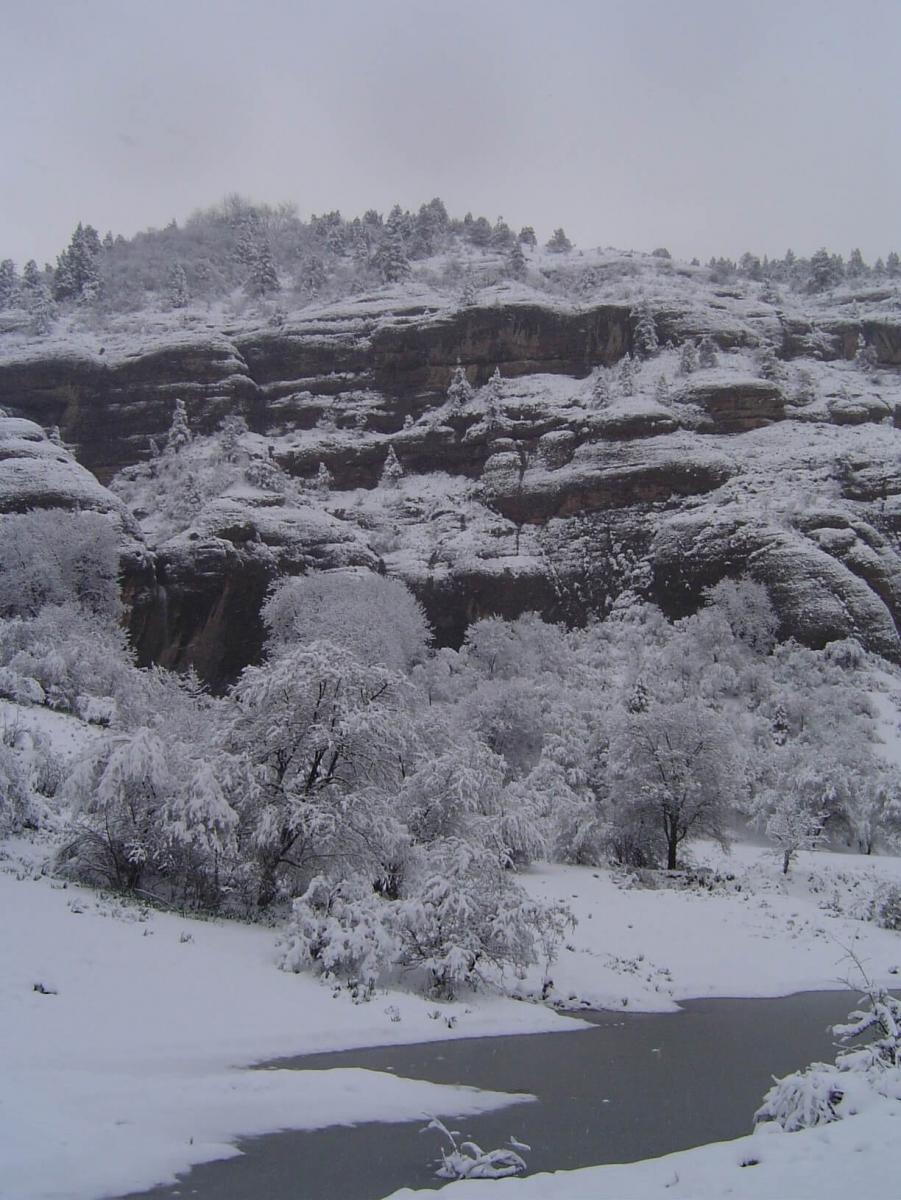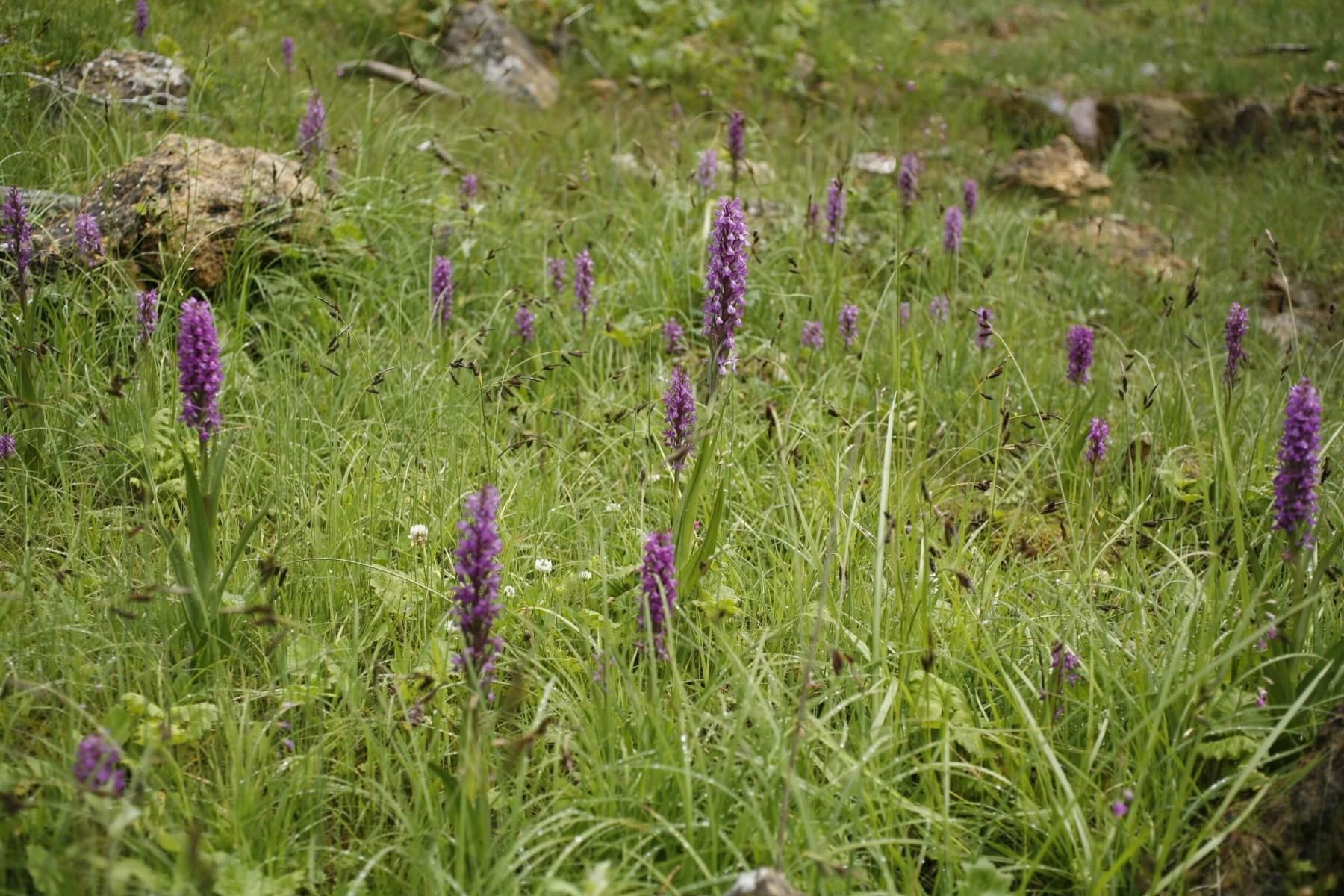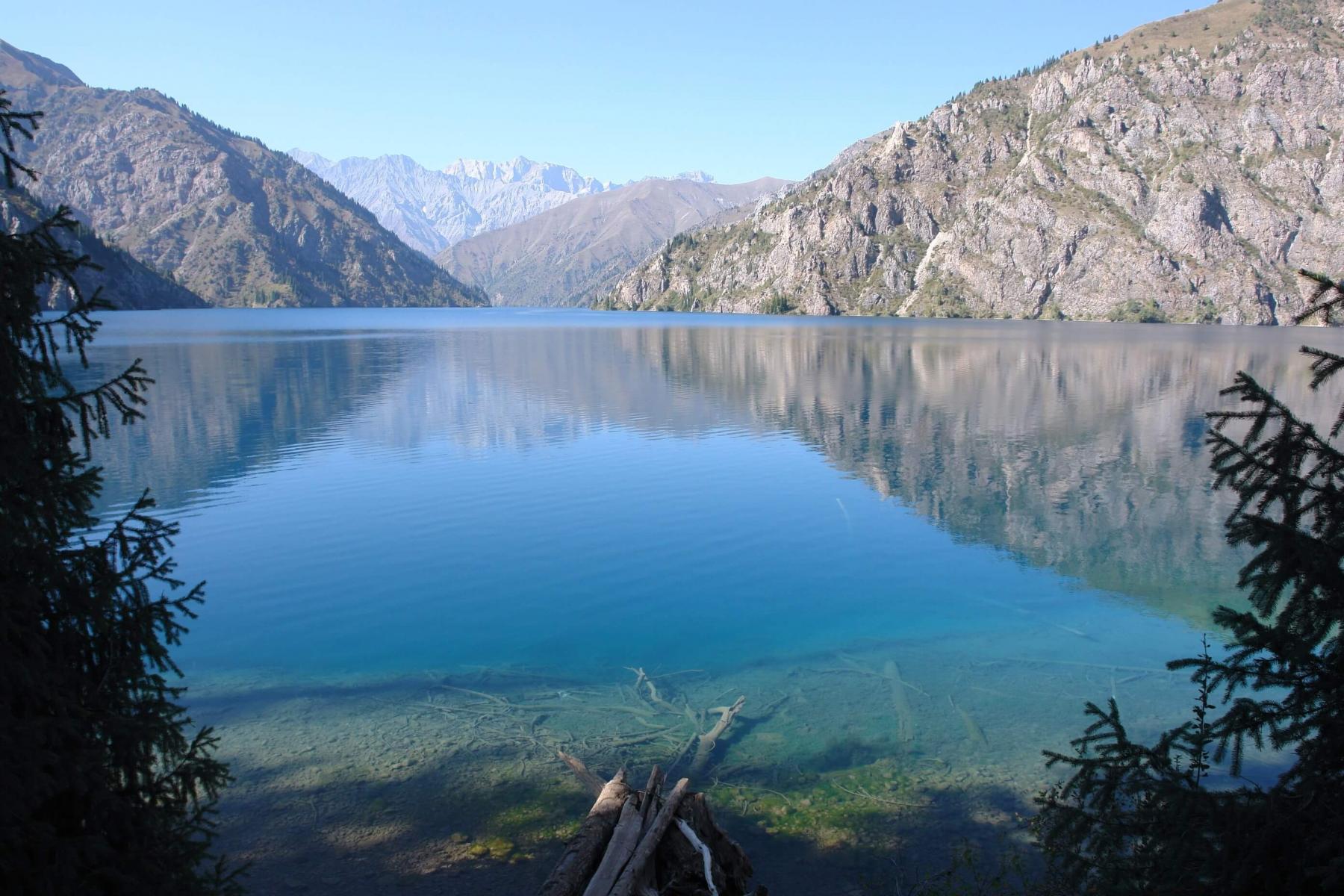Western Tien-Shan
Western Tien-Shan represents an exceptional diversity and beauty of a mosaic of landscapes, a unique combination of different types of ecosystems, outstanding diversity of fauna and flora with a considerable proportion of endemic species and communities, as well as a large number of rare and threatened species.
It is among most species rich sites in the Pamir-Tien-Shan Highlands province and close to half of its species are endemic to Middle Asia.
Western Tien-Shan has an exceptional value as a centre of origin of cultivated plants. It is home to a number of wild species related to domesticated fruit plants including wild apples, apricot, pistachio, vine, plum, pear, walnut and hawthorn.
Criterion (x): The Western Tien-Shan supports outstanding diversity of plant and animal species with high level of endemism and many species of global conservation importance.
The vertebrate biodiversity found in the region of Western Tien Shan includes 61 species of mammals, 316 species of birds, 17 species of reptiles, 3 species of amphibians and more than 20 fish species, and almost all of these species are reported as occurring in the area of the property.
The Western Tien-Shan supports 14 species of flora and 18 of fauna listed as globally threatened by IUCN. These include several wild relatives of today’s commercial fruit trees such as wild apricot Armeniaca vulgaris (EN), Siever’s apple Malus sieversii (VU) and walnut Juglans regia (NT), as well as other rare species, such as Crataegus knorringiana (CR); Lonicera karataviensis (CR), Betula talassica (EN), Spiraeanthus schrenkianus (EN) etc. Among the fauna, these are saker falcon Falco cherrug (EN), Egyptian vulture Neophron percnopterus (EN), cinereous vulture Aegypius monachus (NT), charismatic snow leopard Uncia uncia (EN), wild sheep Ovis ammon with two subspecies (nigrimontana at Karatau - 80% of the global population - and karelini), Menzbier’s marmot Marmota menzbieri, European marbled polecat Vormela peregusna (VU). Invertebrates have high level of endemism.
Protected areas included in the property have adequate level of protection corresponding to IUCN categories Ia and II.
Individual components of the property are sufficient to jointly maintain functioning of natural systems of Western Tien-Shan and fully represent the properties and processes that reflect their significance.
The main pressures to the property are poaching, cattle grazing, illegal logging, haying, illegal harvesting of flowers etc. The typical kinds of natural disasters in the Western Tien-Shan are rock falls, landslides, mudslides, avalanches; droughts lead to fires in dry years. Some parts of the property are surrounded by highly populated areas and as result they have possibility for good number of visitors from one side and threat from uncontrolled recreation from other side. In all the protected areas these threats and pressures are taken into consideration in management plans and the staff is regularly trained for control and adequate reaction in case of disasters.
All components of the property are state protected areas of national importance and are protected under national legislations of Kazakhstan, Kyrgyzstan and Uzbekistan. Reserves have status of strictly protected natural areas, where any use of animals and plants and any economic activities are prohibited. Also, a very limited access of visitors, obligatory accompanied by protected areas inspectors and only in specially designated areas is allowed. Sayram-Ugam national park has areas with the same strictly protected regimes as in reserves, as well areas accessible for visitors and for strictly limited use of nature. All areas of Western Tien-Shan are properties of the government, each of them have its own administration and staff and they are managed by an authorised state executive bodies of each country with funding from the state budgets.
The property as a whole will be managed by a transboundary Steering Committee (consisting of representatives of the protected areas and of responsible governmental bodies) with the main role for coordination of conservation and management efforts, exchange of experience and information. The Committee will be established shortly after inscription of Western Tien-Shan in the World Heritage List and will work as intergovernmental group with scheduled meetings (at least once a year) and teleconferences.
The official updated map of the Western Tien-Shan site showing boundaries and buffer zone can be found here.
More information about the Western Tien-Shan can be found at the UNESCO World Heritage Website.




